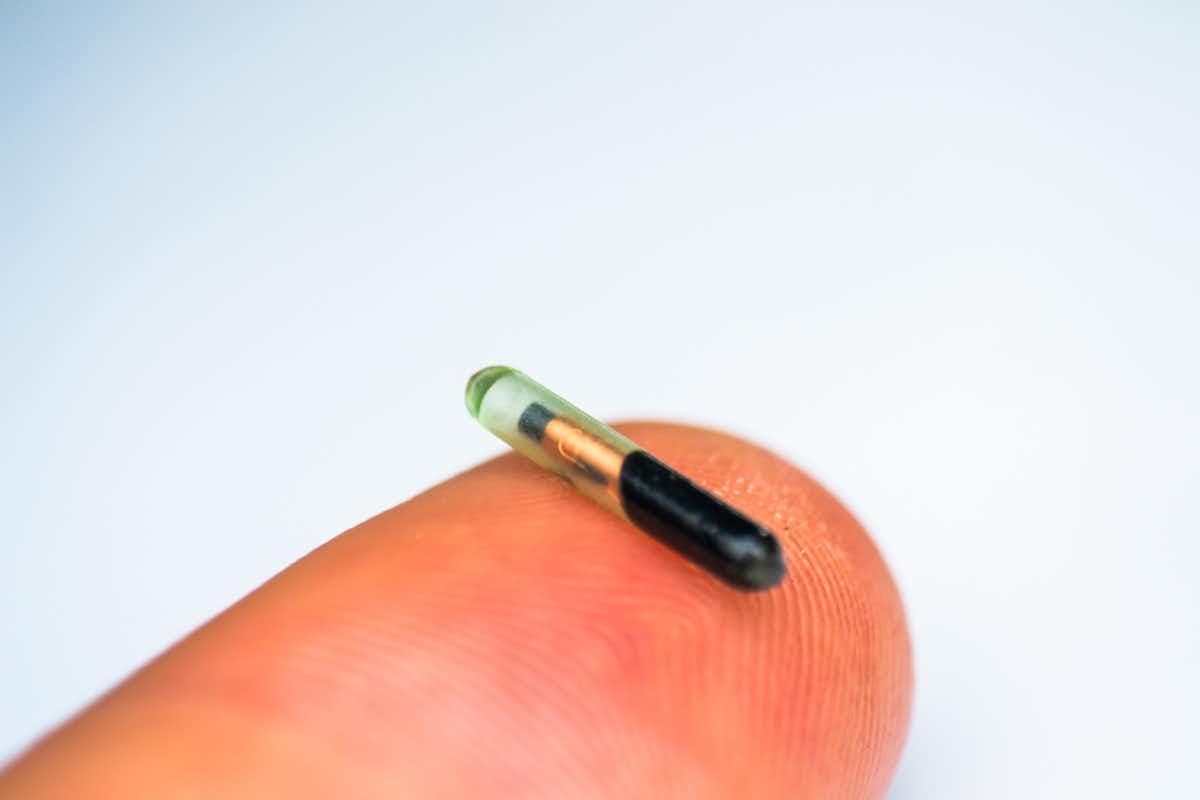If you’ve ever worried about losing your pet, you’re not alone. Every pet owner has had that heart-dropping moment of panic. Luckily, a pet microchip can offer a way to bring lost pets back home. But how do pet microchips actually work?
What Is a Pet Microchip?
A pet microchip is a tiny device, about the size of a grain of rice, that holds a unique identification number. A vet implants it under the skin, usually between the shoulder blades. It’s not a GPS tracker—it won’t show your pet’s location. Instead, it’s a permanent ID that links your pet to you.

How Does a Microchip Work?
The microchip contains a radio-frequency identification (RFID) tag. When a vet or shelter scans it with a special device, it sends a signal that displays your pet’s unique ID number. This number is stored in a pet recovery database along with your contact details. If your pet is found, a quick scan can reconnect you.
Does a Microchip Have a Battery?
No, and that’s the beauty of it! Microchips are passive RFID devices. That means they only activate when scanned, so they don’t need a battery or any maintenance. Once implanted, they last for your pet’s lifetime.
Will It Hurt My Pet?
Not at all! The process is similar to a routine vaccine shot. Your pet might feel a quick pinch, but it’s over in seconds. Most pets don’t even react. Once it’s in place, they won’t feel it at all.
Why Should I Microchip My Pet?
Even if your pet wears a collar and ID tag, these can fall off or get lost. A microchip is permanent. It provides a reliable way for shelters and vets to contact you if your pet ever goes missing.
Plus, microchipped pets are much more likely to be reunited with their owners. Studies show that microchipped dogs are returned to their families over twice as often as those without chips. For cats, the return rate is even higher!
What Happens If My Pet Goes Missing?
If someone finds your pet and takes them to a vet or shelter, they will scan the microchip. Then, they’ll check the pet recovery database for your contact information. That’s why it’s so important to keep your information updated. If you move or change phone numbers, update your microchip registry.
Quick Tip: If you’re not sure where your pet’s chip is registered, use a Universal Pet Microchip Lookup Tool online.
What If My Pet’s Microchip Stops Working?
It’s rare, but sometimes microchips can fail. The good news? Most vets will check the chip during annual visits to ensure it’s working. If your pet’s chip isn’t scanning properly, they can replace it.
How to Register Your Pet’s Microchip
A microchip alone isn’t enough—it has to be registered! Here’s what you need to do:
- Ask your vet for the microchip brand and number.
- Visit the company’s website or a pet recovery database.
- Enter your contact details.
- Keep the information current if anything changes.
Some companies offer extra benefits, like lost pet alerts and travel assistance. It’s worth checking out what services come with your pet’s chip.
The Best Microchip Readers and Pet ID Tags
While a microchip is a must-have, pairing it with a smart pet ID tag can make finding your pet even faster. Here are three great options to consider:
- HomeAgain Microchip Scanner – If you run a rescue or foster, having your own scanner can be a lifesaver. This scanner reads most common pet microchips, helping you reunite lost pets quickly.
- PetSafe Digital ID Tag – Unlike traditional tags, this smart ID tag links to an online profile with multiple contacts and medical info. Anyone who finds your pet can access it instantly.
- Whistle GPS Tracker – While not a microchip, this is a great add-on for pet owners who want real-time location tracking. It works like a smart collar, so you always know where your pet is.
Final Thoughts
A microchip is one of the best ways to protect your pet. It’s quick, safe, and lasts a lifetime. It won’t track your pet’s location, but it will help them find their way back to you if they ever get lost. Just don’t forget to register it and keep your info up to date!
Have you microchipped your pet yet? If not, consider booking an appointment with your vet today. It’s a small step that could make a huge difference.




